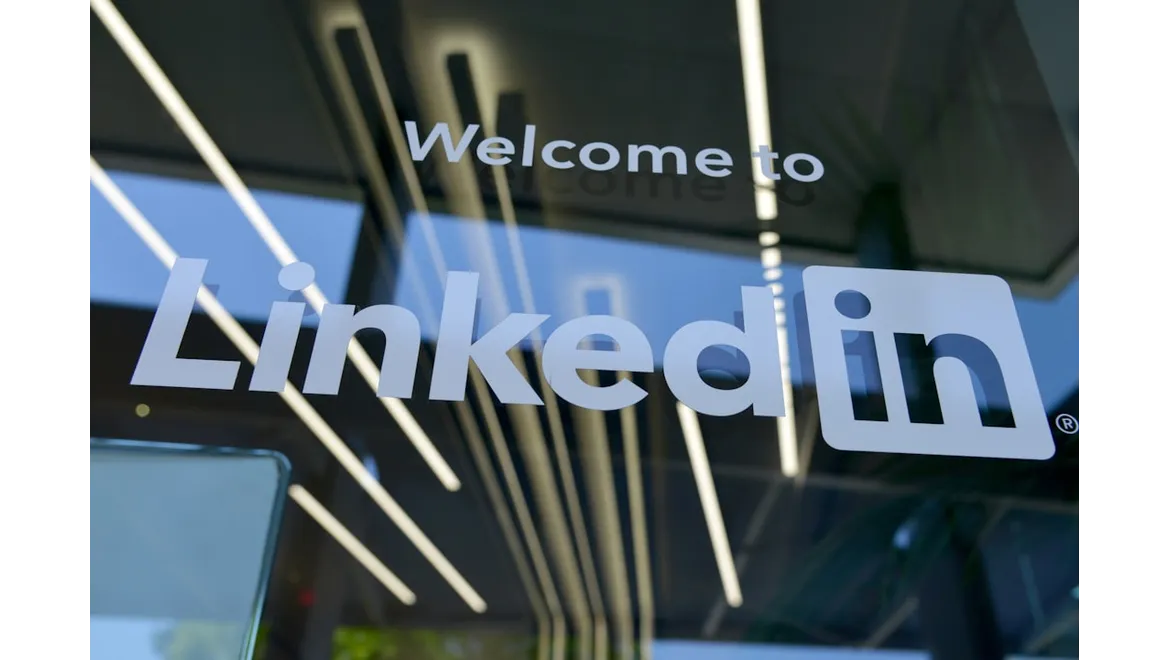Right, let’s talk LinkedIn. For ages, I felt like I was throwing content into a black hole, hoping something – anything – would stick and magically transform into revenue. Sound familiar? I knew I needed to be data-driven, but deciphering LinkedIn analytics felt like navigating a jungle with a blunt machete. Then I developed a ‘Lead Generation Scorecard’, and honestly, it’s been a game-changer. I’m going to walk you through how I built it, so you can escape the ‘spray and pray’ approach too.
Defining the Metrics That Matter:
Forget vanity metrics. We’re after the stuff that directly impacts the bottom line. For me, these core metrics are now tracked weekly:
- Cost Per Lead (CPL): This is crucial. Total LinkedIn ad spend (or time investment if you’re purely organic) divided by the number of leads generated. To get accurate figures you will need to use UTM parameters to track inbound leads from LinkedIn. I use google URL builder and ensure that my tags are consistent. This helps link your LinkedIn activity to your leads within your CRM.
- Lead-to-Customer Conversion Rate from LinkedIn: This tells you how effective your LinkedIn leads are. Track leads originating from LinkedIn through your sales funnel and calculate the percentage that converts to paying customers. As mentioned above using UTM parameters helps you track this metric.
- Qualified Leads Generated: This is where you define what a ‘qualified’ lead means for your business. For us, it’s someone who fits our ideal customer profile and has expressed a specific need our product addresses. If you define these clearly, its much easier to track your lead generation process from the very first contact. This may require some training of your sales team.
- Website Traffic from LinkedIn: Measure how much traffic LinkedIn is driving to your website using Google Analytics (or your preferred analytics platform). You should segment this traffic to see which pages are being visited and how long visitors are staying. This informs you about the effectiveness of your content.
Setting Up Tracking Mechanisms: No More Guesswork:
This is where the rubber meets the road. You need systems to capture this data.
- UTM Parameters: As mentioned earlier, these are your best friends. Add them to every link you share on LinkedIn – in posts, articles, and messages. Google’s Campaign URL Builder is a free and easy way to create them. Remember to be consistent with your naming conventions!
- CRM Integration: Ensure your CRM (e.g., HubSpot, Salesforce, Pipedrive) is properly integrated with LinkedIn’s lead generation forms and your website tracking. This allows you to automatically capture lead information and attribute conversions back to LinkedIn.
- Spreadsheet Tracking: If you’re not ready for full CRM integration, a simple spreadsheet works. Manually input data from LinkedIn analytics and your website analytics into the sheet. This will be more time-consuming but you will still get good data.
- LinkedIn Analytics Dashboard: Regularly review your LinkedIn analytics dashboard to monitor engagement, reach, and website traffic. Pay attention to which posts and articles are performing best and what kind of content is resonating with your audience.
Analyzing Performance Against Targets: The Fun Begins:
Now comes the crucial part: actually using the data. Set realistic targets for each metric. For example:
- CPL: Aim to reduce this by 10% each quarter.
- Lead-to-Customer Conversion Rate: Increase by 5% each quarter.
- Qualified Leads Generated: Increase by 15% each month.
Then, regularly compare your actual performance against these targets. Ask yourself:
- What’s working well? Double down on it. If a particular type of content is driving high engagement, create more of it.
- What’s not working? Stop doing it! Don’t be afraid to kill your darlings.
- Why are leads not converting? Is your messaging not aligned with their needs? Is your sales team not following up effectively?
Innovative Ideas & Engagement That Works:
It’s not just about collecting data; it’s about understanding your audience. I’ve found these tactics particularly effective:
- Targeted Content: Stop being generic. Segment your audience and create content specifically tailored to their interests and pain points. For example, I tailor content for CIOs and another set for CFOs, and yet another for sales people. This works really well if you understand your customer personas.
- Interactive Content: Polls, quizzes, and LinkedIn Live sessions are great for boosting engagement. Ask questions, encourage comments, and respond promptly. Start conversations, not monologues.
- Thought Leadership Articles: Share your expertise and insights on relevant industry topics. Position yourself as a trusted authority. Make sure you actually provide value.
- Personalised Outreach: Don’t just send generic connection requests. Write a personalised message explaining why you want to connect and what value you can offer. Mention something specific about their profile or recent activity.
Understanding Their Interests:
LinkedIn isn’t just a platform for pushing your product; it’s a community. Engage genuinely with your target audience. Listen to their conversations, understand their challenges, and offer helpful advice. Be a resource, not just a salesperson. Find common groups to engage with your target audience, and comment and provide helpful information on others posts. Help, before you try to sell.
By setting up a LinkedIn Lead Generation Scorecard and diligently tracking the metrics mentioned above, combined with thoughtful content creation and genuine engagement, you can transform your LinkedIn efforts from a shot in the dark to a powerful revenue-generating engine. It’s about being strategic, data-driven, and always learning. You’ll soon be able to analyse which aspects of your process is effective and which is not. The key is to ensure that you take action from the very beginning.











